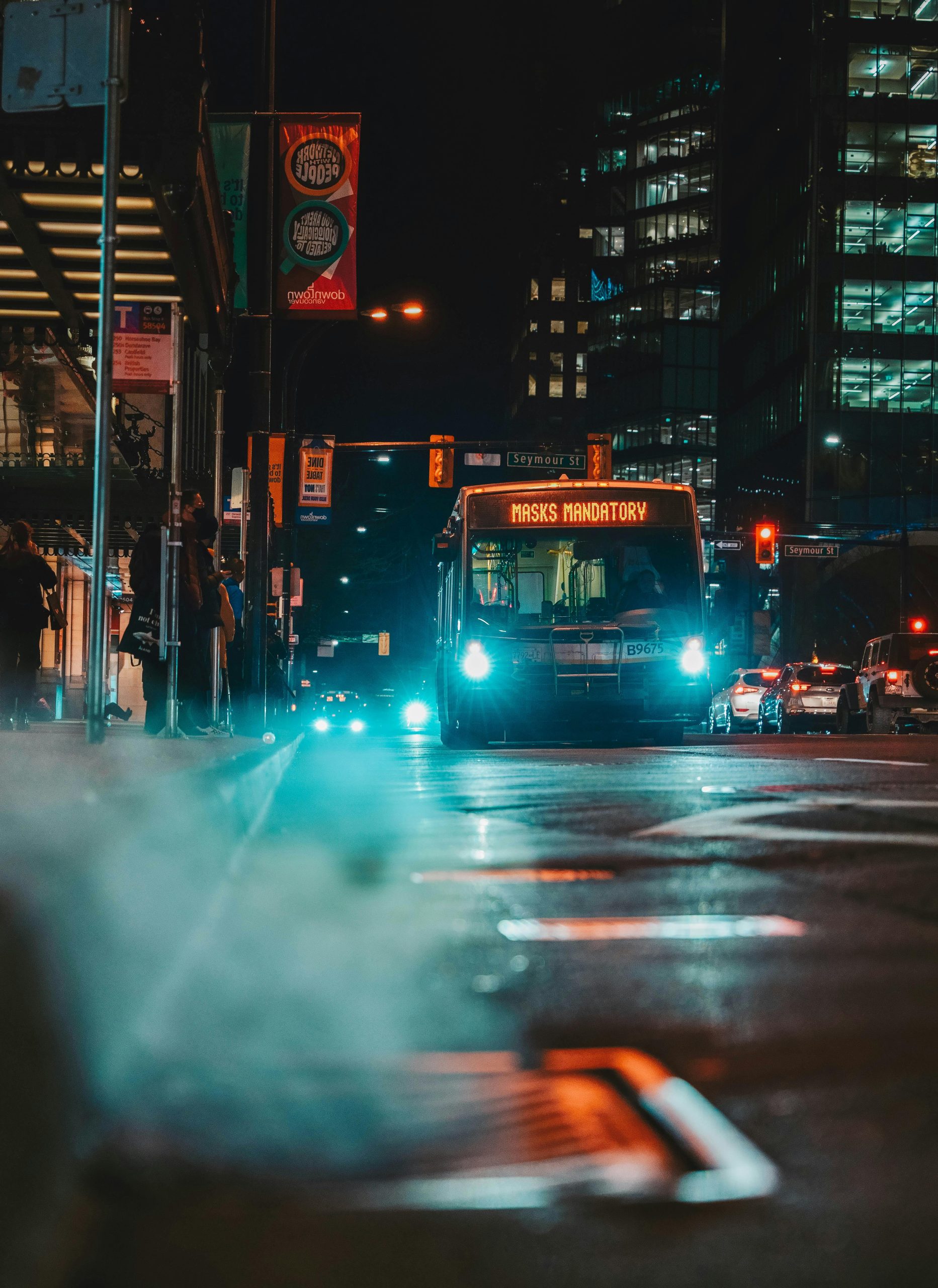A Smoky Situation on a London Bus
Recently, I found myself on a London bus that was quite a sight to behold—specifically, for all the wrong reasons. The exhaust was emitting thick clouds of smoke, resembling a chimney rather than a mode of transportation. To make matters worse, some of that unpleasant smoke was even seeping back into the bus through the small openings around the closed doors.
In an attempt to address the issue, I approached the driver, who assured me that everything was perfectly fine. However, the reality inside was far from reassuring. Passengers on the lower deck were seen covering their mouths in discomfort, yet remarkably, very few chose to disembark and seek alternative means of travel. I must admit, I too remained seated, caught in a moment of indecision about whether to stay or go.
As a frequent user of public transport, I couldn’t help but wonder about the safety and comfort of our daily commutes. It’s essential that we advocate for cleaner and safer travel options, not only for our own well-being but also for the benefit of the environment.
In an age where sustainability is becoming increasingly important, experiences like this serve as a stark reminder of the work that still needs to be done. Let’s take a moment to reflect on our transportation choices and push for improvements that will enhance our journeys in the future.


Concerns About Vehicle Emissions and Urban Air Quality
Thank you for shedding light on this unsettling experience. London’s public transport plays a crucial role in reducing overall city emissions, but incidents like smoky buses undermine these efforts. It’s worth noting that older buses retrofitted with outdated engines or poorly maintained vehicles can emit more pollutants, contributing to poor air quality which is a serious health concern for all residents.
To improve the situation, I believe we should advocate for:
Ultimately, fostering transparency from transport authorities about vehicle conditions and emissions can help build public trust and push for necessary improvements. Public input and active community engagement are vital in ensuring our city’s transportation aligns with both safety standards and sustainability goals.
Let’s continue to hold our city accountable and support initiatives that prioritize cleaner, safer, and more efficient transit options for everyone.